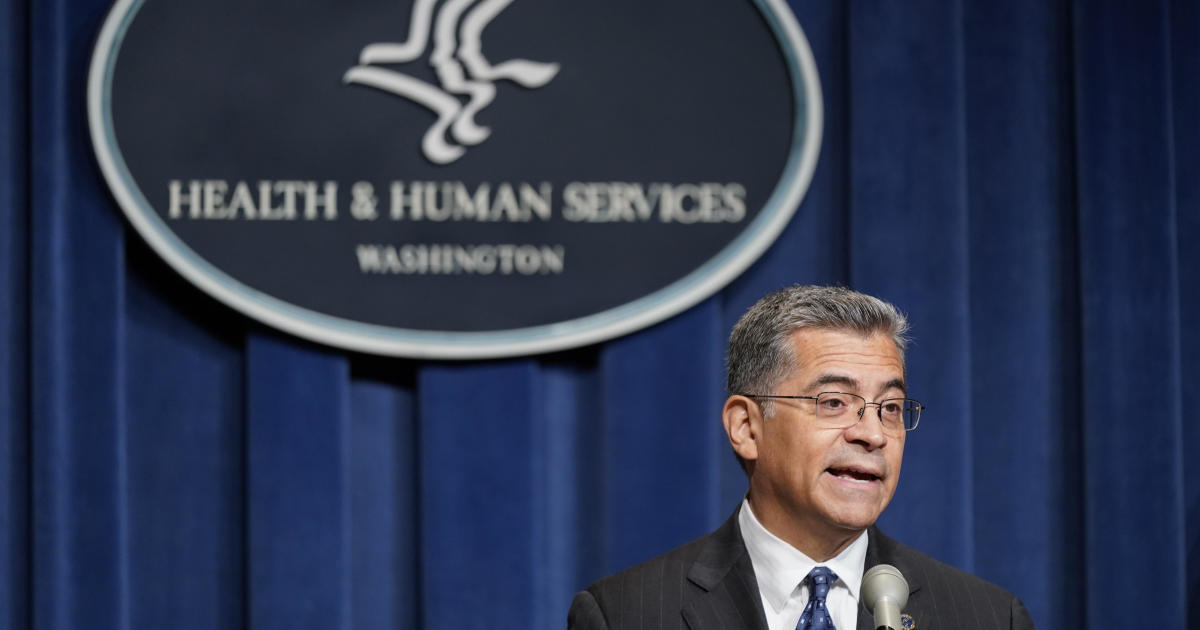The Biden administration has invoked the Defense Production Act to speed up the rebuilding of a major American factory of intravenous (IV) fluids that was damaged by Hurricane Helene last month. The plant, run by medical supplier Baxter, is a vital source of IV fluids for hospitals across the country, and its closure has exacerbated a nationwide shortage.
The Impact of the Plant Closure
The closure of the Baxter plant in North Carolina has caused widespread disruptions to the healthcare system. Hospitals across the country are facing shortages of IV fluids, leading to postponements of surgeries and other procedures.
Challenges Faced by Hospitals
- Postponed Surgeries and Procedures: Many hospitals have been forced to postpone elective surgeries and other procedures due to the lack of available IV fluids. This has created backlogs and added stress to the already burdened healthcare system.
- Conservation Strategies: Hospitals have been forced to implement conservation strategies to stretch their limited IV fluid supplies. This includes using alternative fluids, such as Gatorade, for hydration and reserving IV fluids for the most critical patients.
- Increased Ordering Challenges: Many hospitals have experienced delays and difficulties in ordering IV fluids, with some experiencing backorders for critical fluids like 0.9% saline.
Federal Action and Support
In an effort to address the crisis, the Biden administration has taken a number of steps:
- Invoking the Defense Production Act: The administration has used the wartime powers of the Defense Production Act to prioritize Baxter’s access to contractors needed for the plant’s reconstruction. This will expedite the plant’s reopening and the resumption of IV fluid production.
- Facilitating Imports: The FDA has granted Baxter authorization to import IV fluids from its other plants around the world. This will help to alleviate the shortage in the short term.
- Airlifting Supplies: The federal government is working to airlift more IV fluids into the U.S., further supplementing supplies.
The Broader Context: Drug Shortage Concerns
This situation highlights the increasing fragility of the US drug supply chain. FDA Commissioner Robert Califf has warned of worsening drug shortages in the coming years, fueled by a number of factors:
- Generic Drugmaker Cost Cuts: Generic drugmakers are increasingly cutting costs, potentially jeopardizing supply chains.
- Climate Change Impacts: Climate events like hurricanes are becoming more frequent and severe, disrupting production facilities and exacerbating supply chain disruptions.
- International Conflicts: Geopolitical tensions can disrupt global supply chains, further limiting access to critical medical supplies.
Responses and Actions
While the situation is serious, healthcare systems and the federal government are taking various actions to mitigate the impact:
- Hospital Conservation Efforts: Hospitals are working to conserve IV fluid supplies through various strategies, such as limiting non-essential procedures and finding alternatives to traditional IV fluids.
- Federal Veterans Health Administration (VA): The VA is actively monitoring its inventory and supply chain, ensuring minimal disruption to its services.
- Large Health Systems: Some of the largest health systems in the country, such as the Cleveland Clinic and Mount Sinai, have not yet experienced major disruptions and are carefully managing their supplies.
- Children’s Hospitals: Children’s hospitals are receiving increased allocations from Baxter to ensure critical care for vulnerable patients.
Takeaway Points
The IV fluid shortage is a stark reminder of the vulnerabilities within the US drug supply chain. This crisis necessitates a comprehensive approach to address the underlying issues, including:
- Strengthening the Domestic Drug Manufacturing Base: Increased domestic production can reduce reliance on foreign sources and make the supply chain more resilient.
- Addressing Supply Chain Fragility: Efforts to mitigate climate change and its impacts on infrastructure, as well as to reduce global conflicts, are essential to ensure stable access to critical medical supplies.
- Investment in Public Health Preparedness: The government and healthcare providers need to be prepared for and respond effectively to disruptions in the supply chain.
- Continuous Monitoring and Coordination: The FDA and other agencies must proactively monitor the drug supply chain, identify potential shortages, and collaborate with industry stakeholders to ensure adequate access to essential medications.




